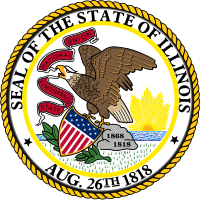
Photo from wikipedia
To understand information accessibility issues, research has examined human and technical factors by taking a socio‐technical view. While this view provides a profound understanding of how people seek, use, and… Click to show full abstract
To understand information accessibility issues, research has examined human and technical factors by taking a socio‐technical view. While this view provides a profound understanding of how people seek, use, and access information, it often overlooks the larger structure of the information landscapes that shape people's information access. However, theorizing the information landscape of a local community at the community level is challenging because of the diverse contexts and users. One way to minimize the complexity is to focus on the materiality of information. By highlighting the material aspects of information, it becomes possible to understand the community‐level structure of local information. This paper develops a theory of local information landscapes (LIL theory) to conceptualize the material structure of local information. LIL theory adapts a concept of the virtual as an ontological view of the local information that is embedded in technical infrastructures, spaces, and people. By complementing existing theories, this paper provides a new perspective on how information deserts manifest as a material pre‐condition of information inequality. Based on these theoretical models, a research agenda is presented for future studies of local communities.
Journal Title: Journal of the Association for Information Science and Technology
Year Published: 2019
Link to full text (if available)
Share on Social Media: Sign Up to like & get
recommendations!